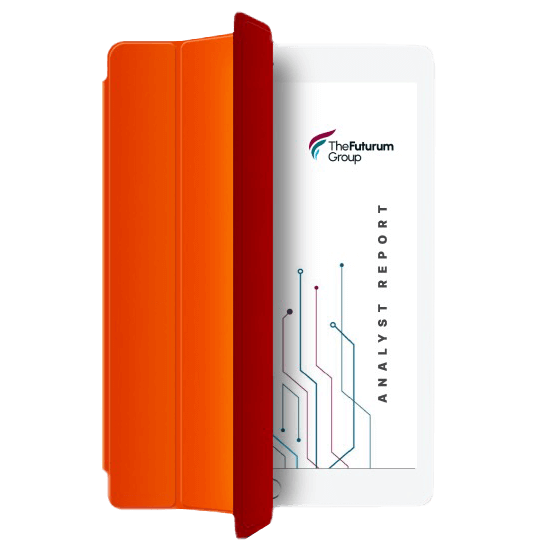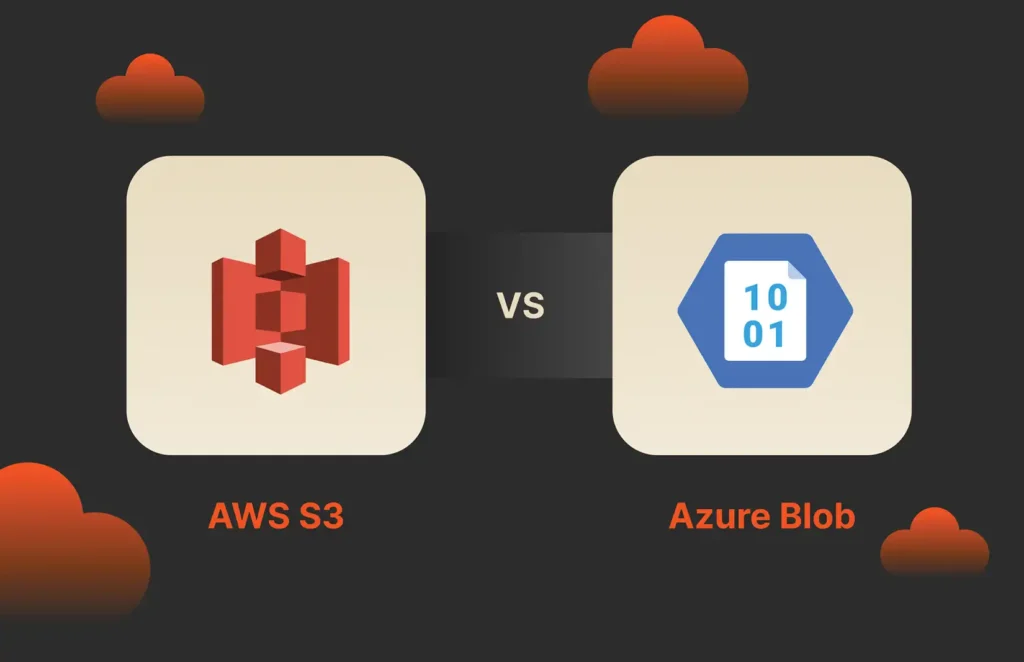Synthetic data is data that’s generated artificially rather than by real-world events. Thanks in part to the rise of AI and machine learning, the appetite for data is off the charts. However, data sets for certain AI needs, such as new markets in software development, can be expensive or simply unavailable. It can mimic data of every type imaginable, be produced in infinite quantities, and be customized further to provide granular control over testing and simulations.
Synthetic data can also help organizations leapfrog over the challenges of anonymized real-world data while optimizing and streamlining product timelines. Gartner predicts that by 2030, synthetic data will make up over 90% of the data used for training AI models in edge scenarios, up from the current 5% utilization rate.
Synthetic data has evolved over the years since this blog was originally published and, while the fundamental premise remains unchanged, the technologies, applications, and storage requirements have dramatically advanced since this blog was first published.
Let’s dig in.
The Evolution of Synthetic Data
Synthetic data generation has matured into a sophisticated process that creates artificial data mirroring the features, structures, and statistical attributes of production data, while maintaining strict compliance with increasingly stringent data privacy regulations. Think of it as crafting a perfect digital twin of your data—retaining all valuable insights without exposing sensitive information.
In today’s enterprise environment, synthetic data has become essential for two critical functions:
- Testing complex software deployments at scale without risking production data
- Training increasingly sophisticated AI models without exposing sensitive customer information
How Synthetic Data Is Made
Synthetic data is created typically via algorithms, statistical models, or generative AI. To develop synthetic data, information from almost any source is analyzed to detect structures and patterns. The structures and patterns become the foundation for building new data sets that include the characteristics of the previous data sets.
AI-generated synthetic data is created by providing a sample that triggers a more sophisticated replica of a real-world data set. An AI-based synthetic data generator can learn and replicate software or business objectives while weaving in historical trends and outlier behavior. Once it’s trained, the generator can produce data that’s the functional equivalent of the “real” data, at the same scale or larger if needed.
Synthetic data can be used to mimic structured data, such as time-series-based databases, or unstructured data, such as images. Synthetic images are commonly used for training applications for autonomous vehicles and machines.
Mind the generation-ingestion gap
One significant advancement in synthetic data technology is addressing what we now recognize as the “generation-ingestion gap.” The remarkable pace at which synthetic data can be generated presents a nuanced challenge—the disparity between the rate of data generation and the rate of data ingestion for training purposes. Modern AI systems can generate synthetic data faster than they can process it, requiring advanced caching mechanisms that temporarily store generated data while ensuring a continuous and efficient training pipeline.
Written By:









